Writing Past Speed Bumps by Dianna Love

Book in a month, three months or a year…anything is possible. Success depends on if you let speed bumps slow you down or not.
What’s a speed bump? That moment when you run into something you can’t figure out and stop writing. When you spend more time fingering your keyboard than actually typing until you finally get up and walk away to…make a mad dash into the kitchen to load those three dirty cups into the dishwasher or decide you really have to go retrieve today’s mail this minute or you’re sure a really important email has just popped up in your inbox.
In other words, it’s whatever causes you to lose momentum and stumble on your story. We all stumble on stories, but it’s what you do next that will determine if it is just a speed bump or an all out road block. I’m a plotter by nature, or probably more of a hybrid since I don’t clear a wall in my home to create a flowchart and tend to start typing on a story the minute it begins to flow while I’m plotting. I do like to have an idea where the story is going when I start just to keep me from stalling out when my creative juices are flowing. But even with a plot developed, the process of writing is a creative and changing one.
You can be a plotter or pantser and still hit that point where “something doesn’t feel right” or you’re all of a sudden “not happy with what how characters are behaving.” Even if you know where your story is going surprises jump out of nowhere as wonderful gifts that enrich your story, but they can also cause a kink down the road.
Try a couple simple exercises. The easiest way to continue being productive is to jump ahead to the next scene you know and continue writing, but I realize this really plays havoc on linear writers who can only continue writing in an orderly way. Even so, we normally know one or more scenes further into the book that will need writing at some point. Open a new file – away from all that orderly writing – and just type the scene. One thing that will probably happen is new ideas will pop into your mind as you’re typing that may break your mental log jam on an earlier scene. If not, when you finish the scene, think backwards on what would be the set up for that scene and consider more than one way to get to that point.
If something just doesn’t feel right or if you’ve hit a current scene that is starting feel like “filler” look at the three prior scenes and ask these questions of each one:
~ What is the purpose of this scene (the answer should be something significant that affects the character and/or the plot)?
~ What changes in each scene from the opening line to the last paragraph?
If you have a hard time answering that about any of these three scenes this is likely the point when your story started to jump track. Consider pulling that scene out of sequence, going back to the last one that “worked for you” and write down three possible ways you could move ahead to reach the next unwritten scene you have in mind. Consider using a different setting that would create more problems or conflict for the characters, or throws at least one character out of his/her comfort zone.
If your character is not being active or not getting the job done in the story, try the quickest fix of switching POVs (if it is in third person). Yo u’d be surprised at how many times that solved scene problems for me.
u’d be surprised at how many times that solved scene problems for me.
If there are more than three characters in a scene, try writing it without one of them. If there are only two, try bringing in another character – especially an unexpected one – that will up the conflict, because “lack of conflict” is at the center of most scene and story issues. One common "type of scene" that loses story momentum – which leads to speed bumps – is when two people are driving somewhere to basically put them together for a bit to talk (and dump information), but with no real purpose beyond the dialogue. If this is the case, cut it and make the drive “off stage” then find a better place to weave in that information in a more active way. Or sometimes it’s a meal where the only obvious purpose is to bring people together in one spot, but again – no real conflict or point to the scene.
Keying in quickly on the problem you’ve run into gives you the power to fix it and move on. The idea to being productive at writing is to continually “brainstorm” as you write. A speed bump is a sign you are not allowing your creative side freedom. You can fix a problem if you can identify it, because you ARE a writer. All you have to do is allow yourself the leeway to recreate something that truly is not set in stone unless you let it be.
Speed bumps are when we get in our own way. When we are so focused on everything unfolding only one way in the story that we prevent our creative lobe to function at optimum level.
So give yourself a writing challenge for at least a week to just burn through some pages and you’ll probably be surprised at how much you can do when you open the valve to those creative juices. And when you do push through the tough times, don’t forget to do something really nice for yourself…because you deserve it!
In the meantime, what do you find helps you stay on track the best and do you reward yourself for writing past those speed bumps? If so, what is your reward? :)
Don’t miss Maureen Hardegree's “Feedback: Five Steps to Separate the Wheat from the Chaff”on Tuesday, November 18th.
NYT Best Seller Dianna Love writes romantic thrillers and urban fantasy.
Her next release is an urban fantasy novella - MIDNIGHT KISS GOODBYE - in the Dead After Dark Anthology (December 2, 2008). Dianna's upcoming thriller is WHISPERED LIES (Pocket/May 2009). And watch for the nonfiction book she and Mary Buckham have coming out June 2009 - Break Into Fiction®: Power Plot Your Novel
For more on Dianna visit www.AuthorDiannaLove.com
Labels: Dianna Love, novel writing, Sherrilyn Kenyon, writing challenges


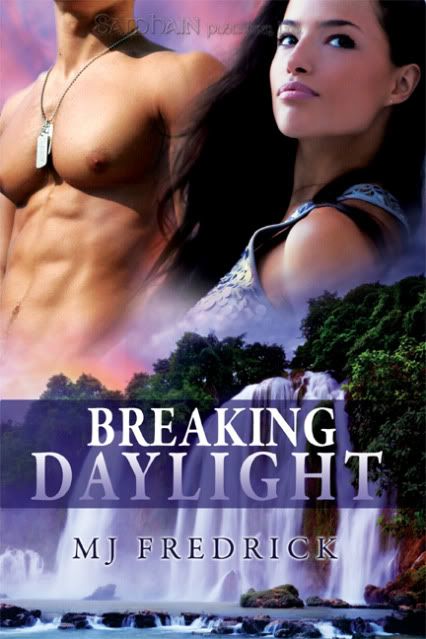
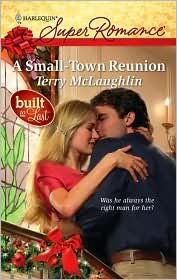
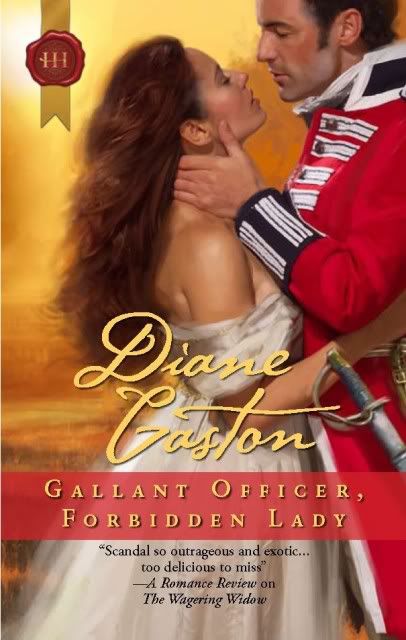


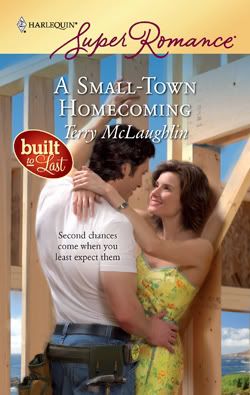
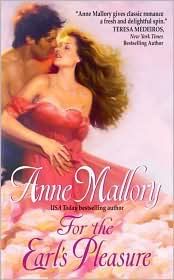

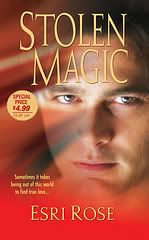
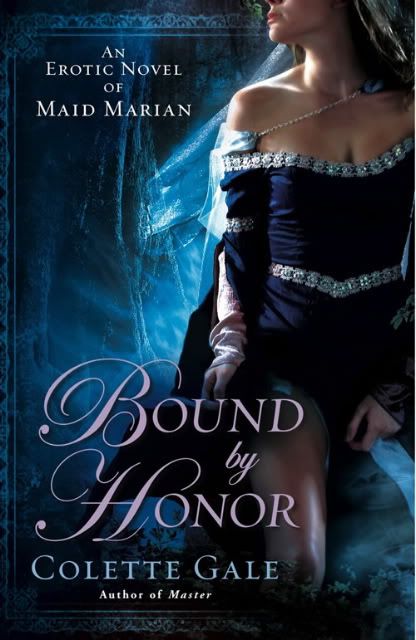
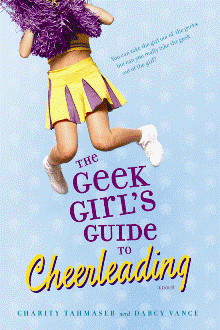
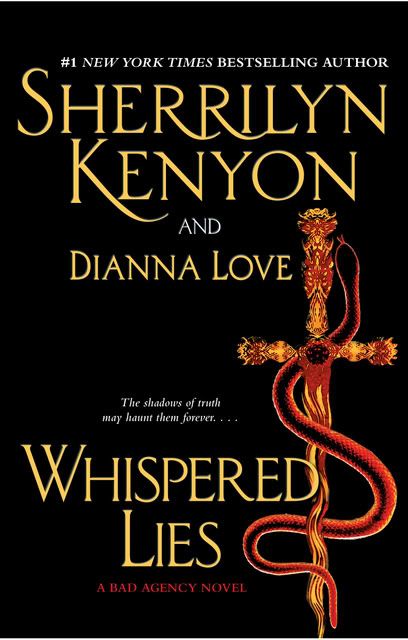
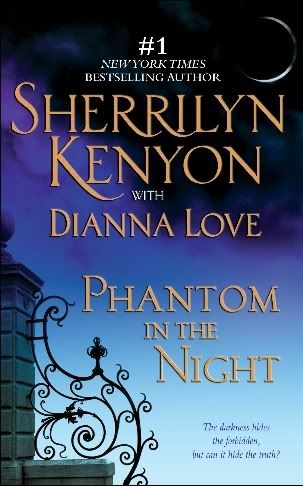





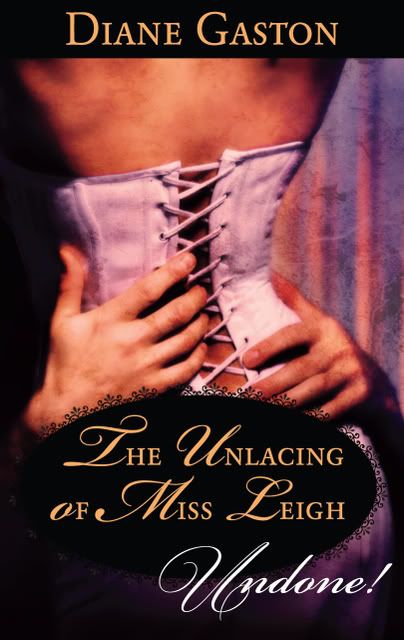




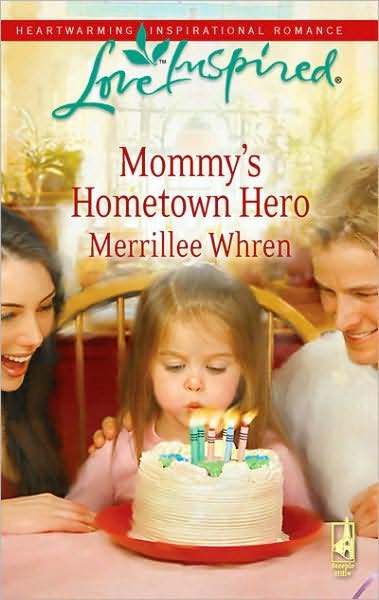


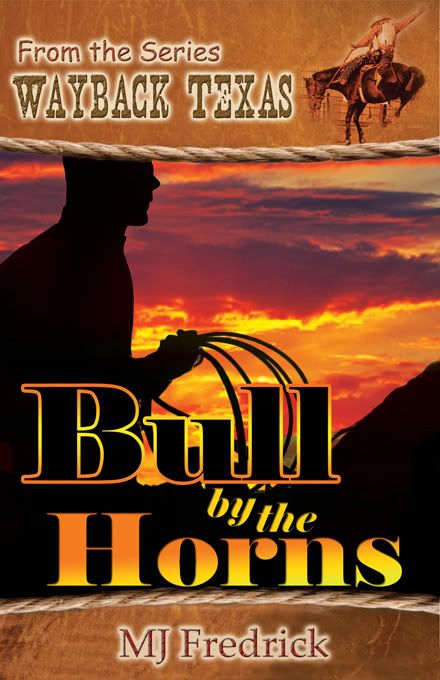
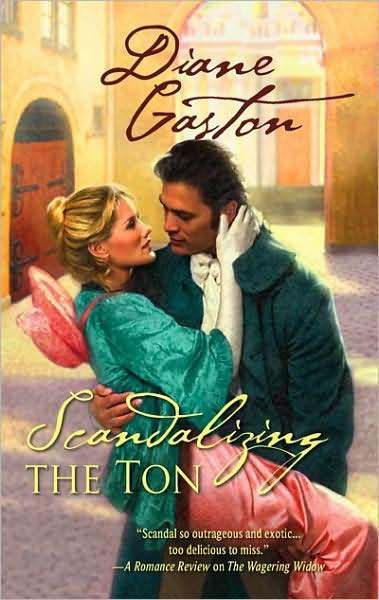
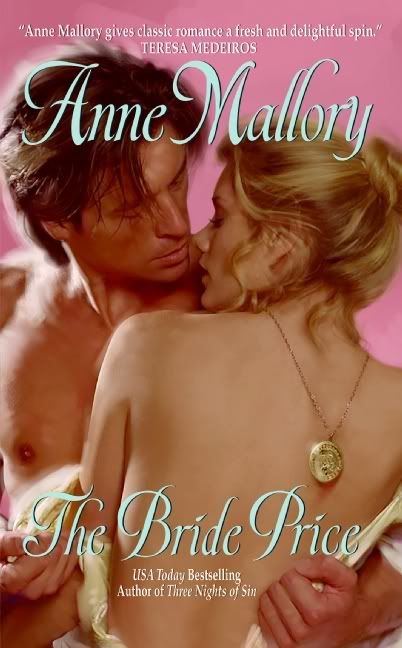
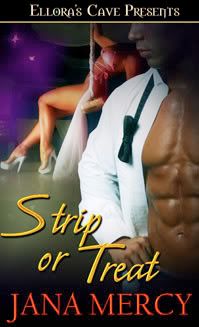
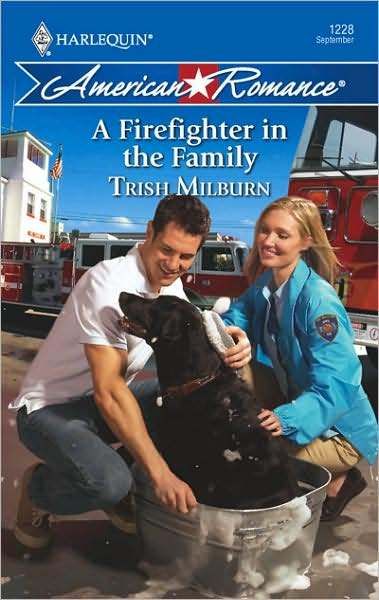
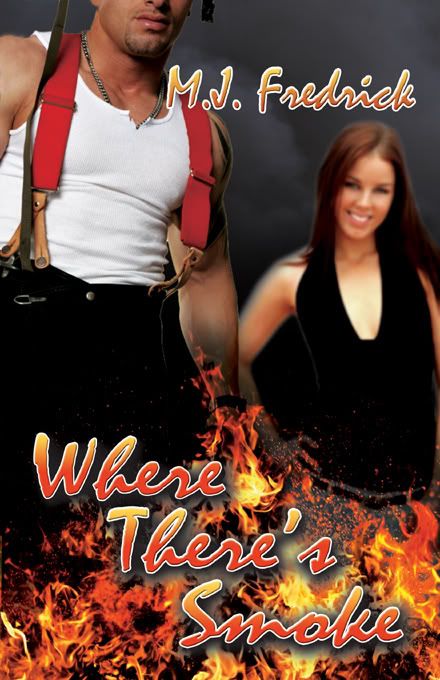
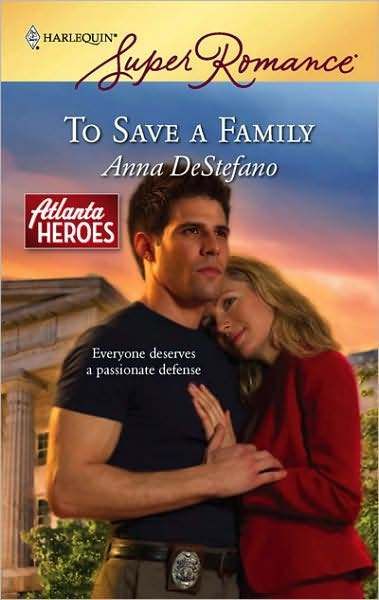


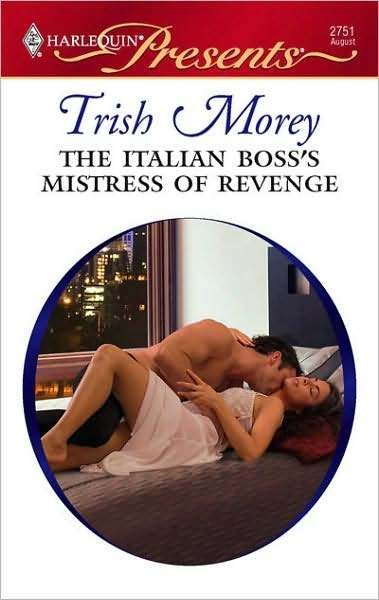
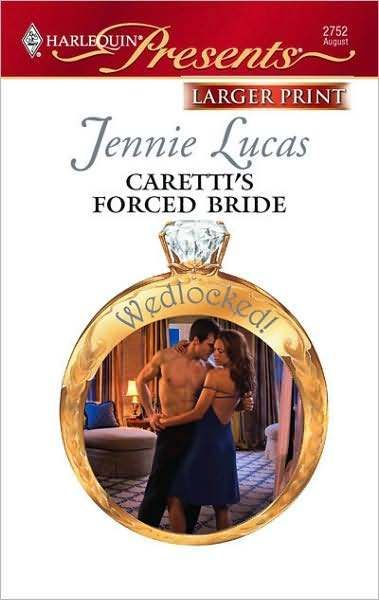



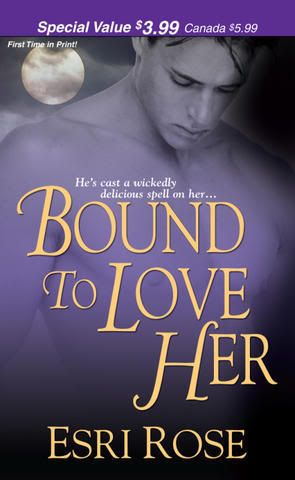

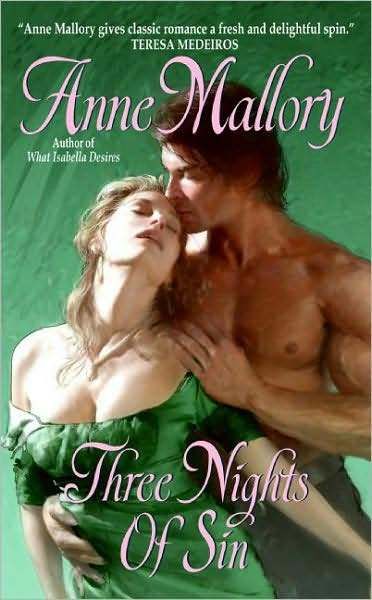
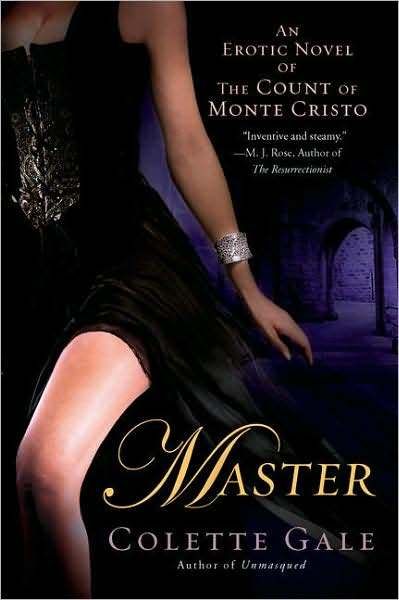





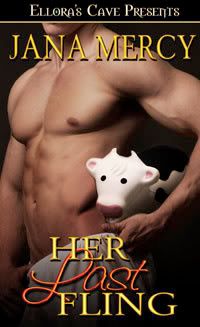
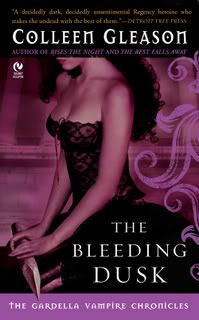


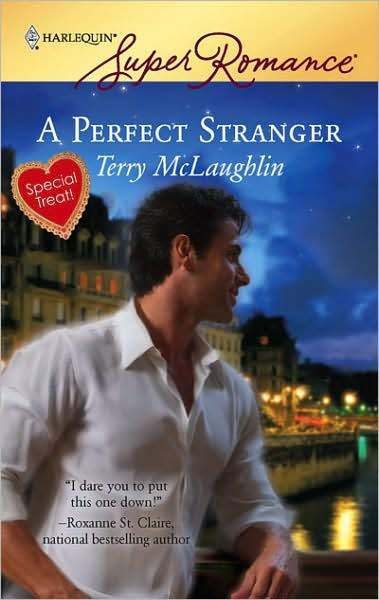




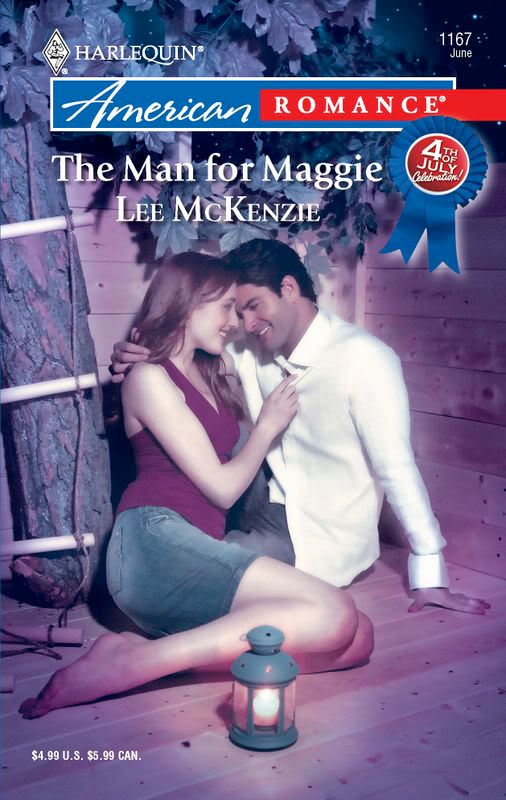
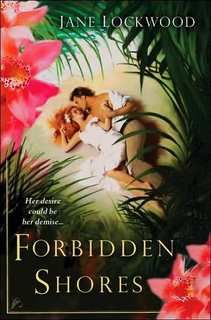

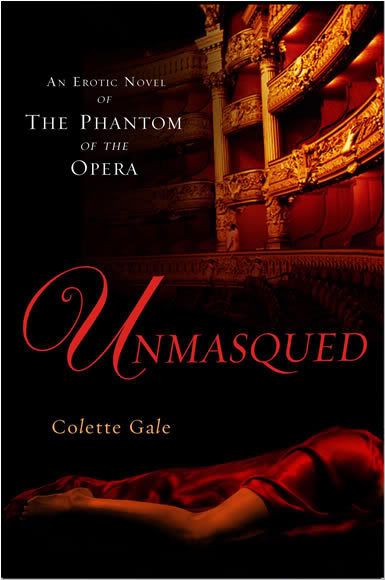
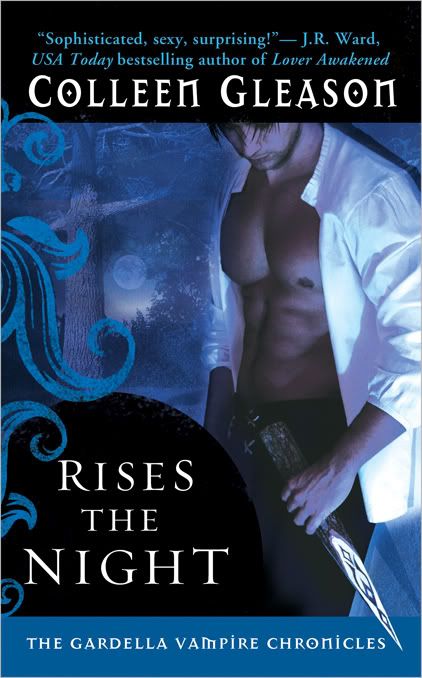
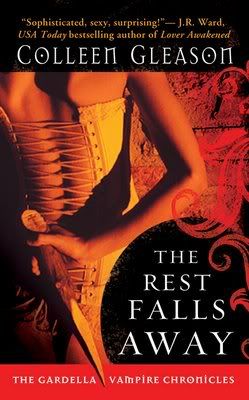

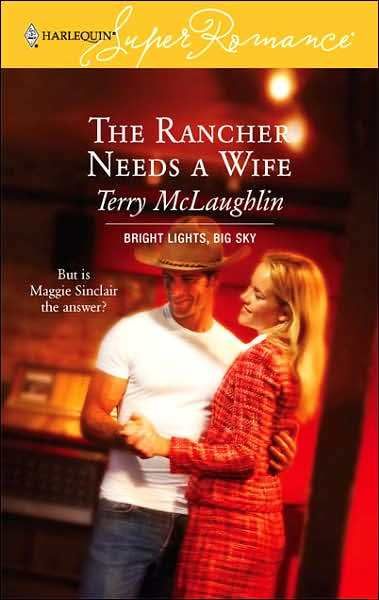
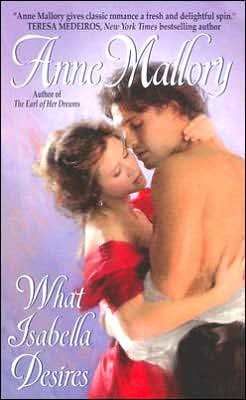
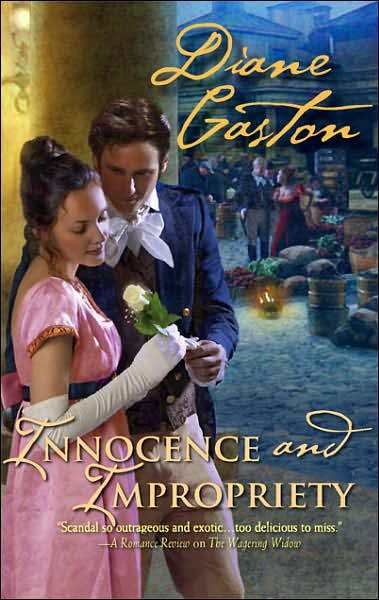
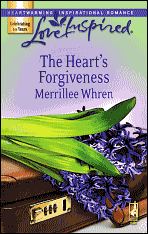
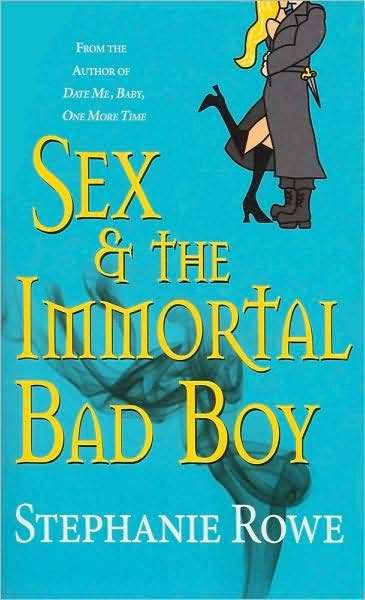
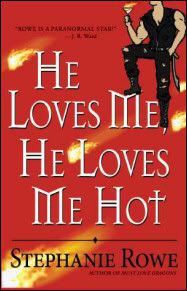


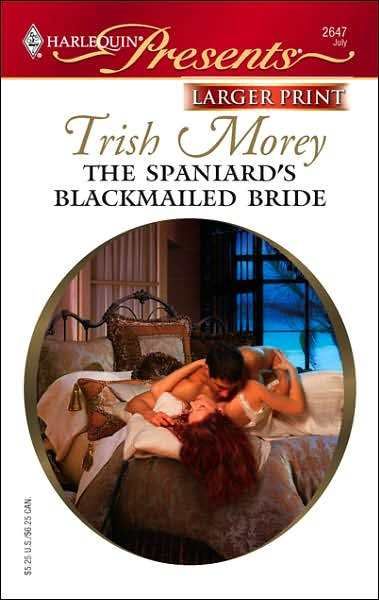
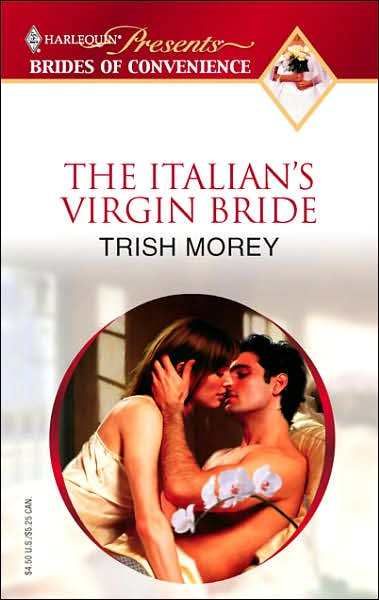


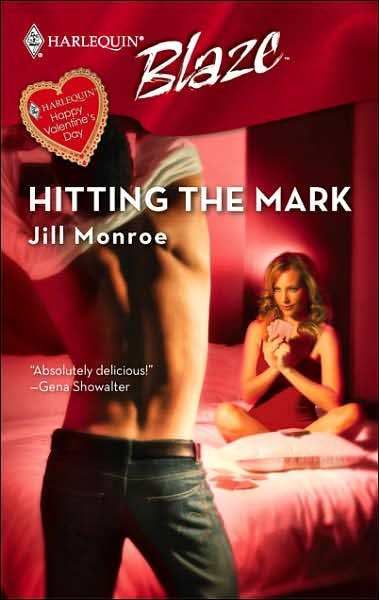
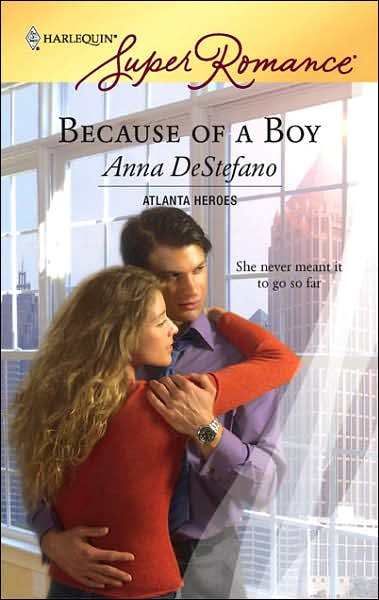

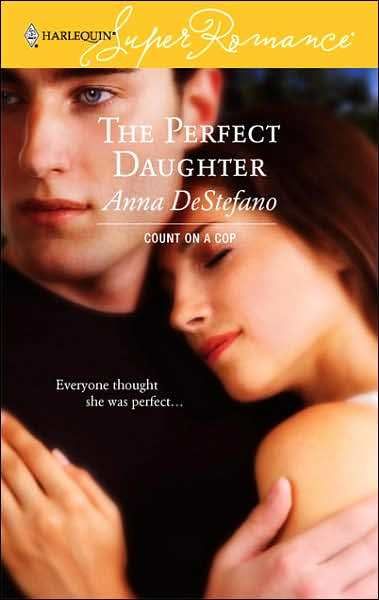

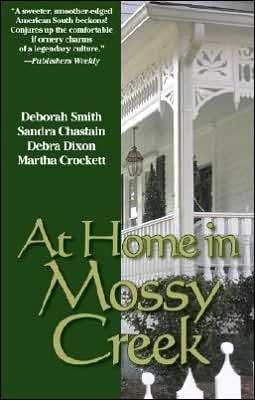
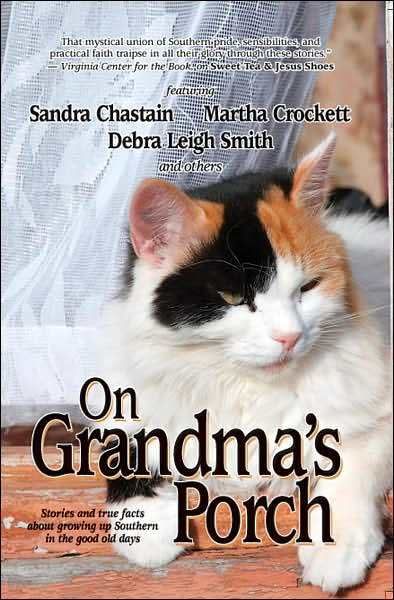
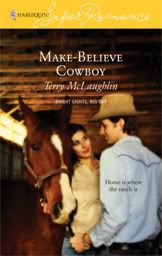

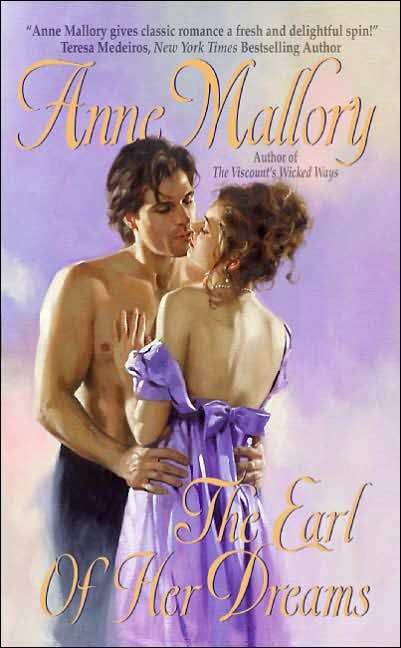
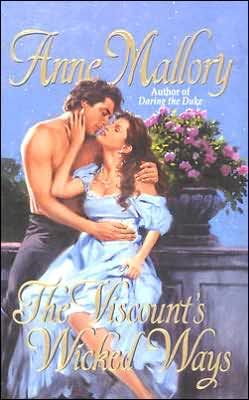
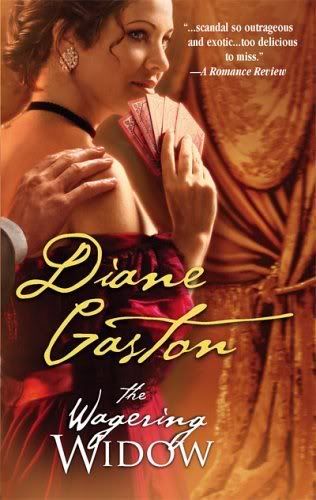
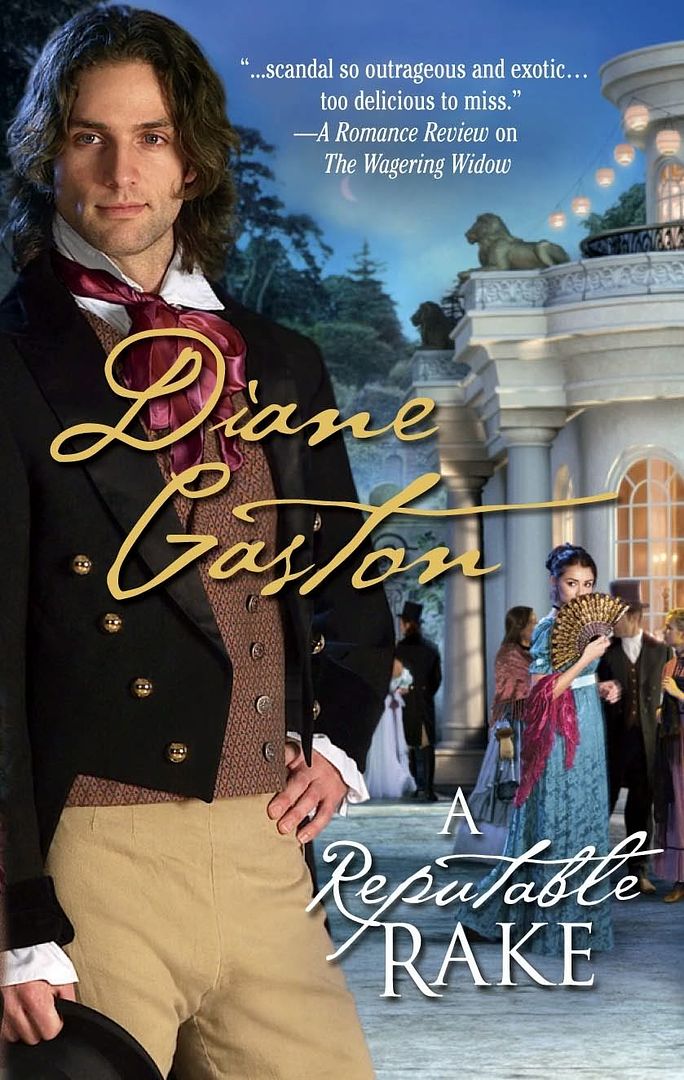
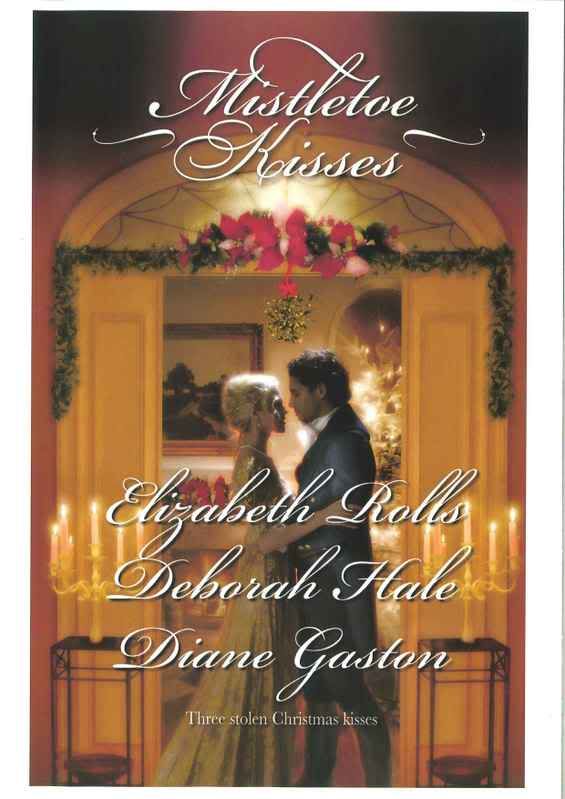
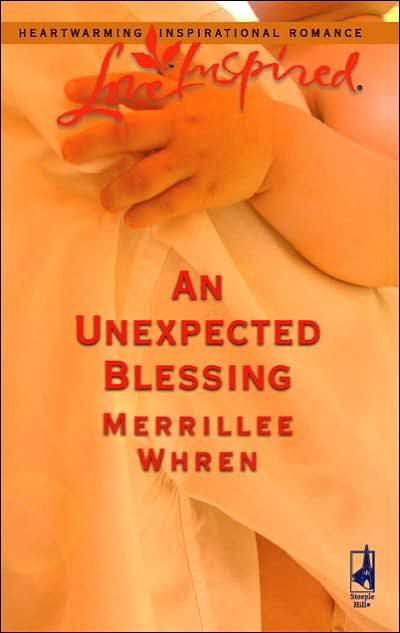

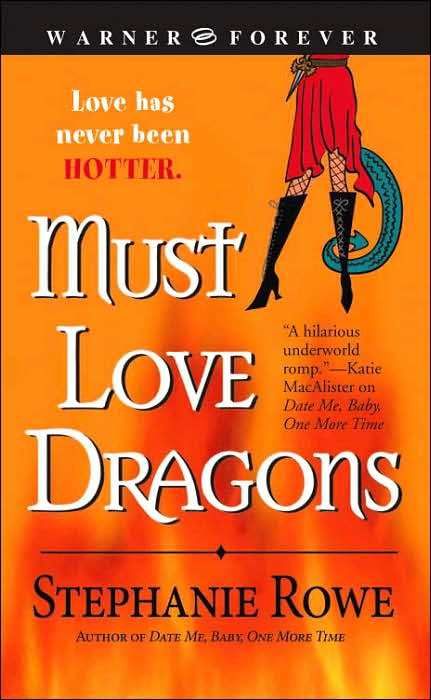
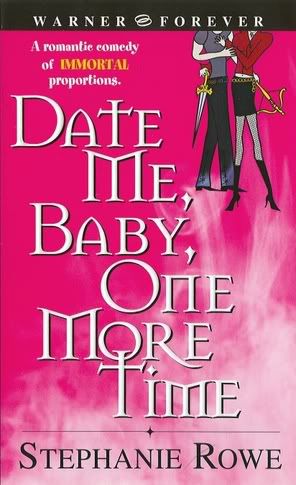

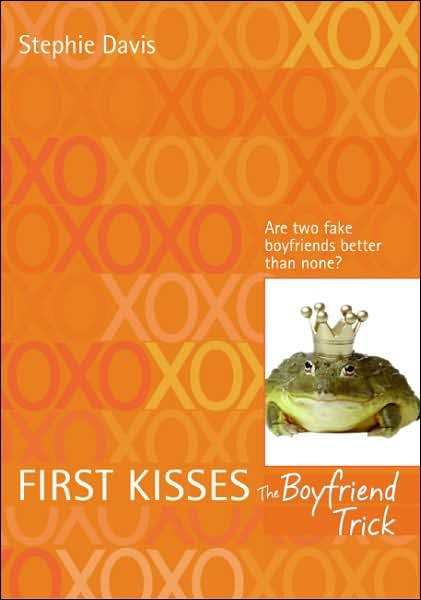
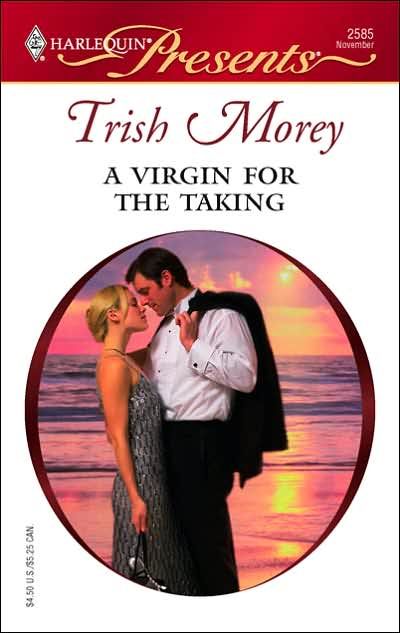
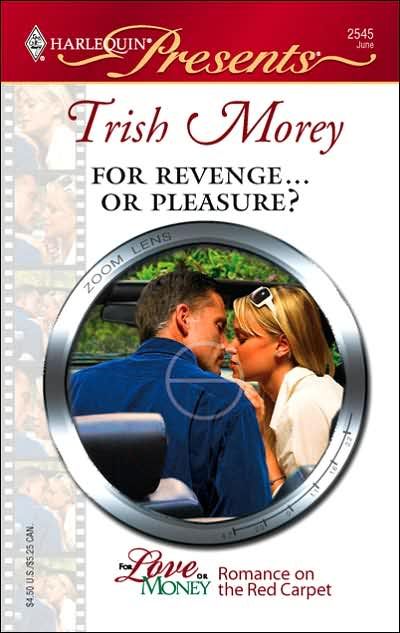
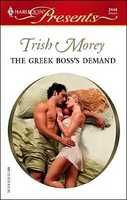



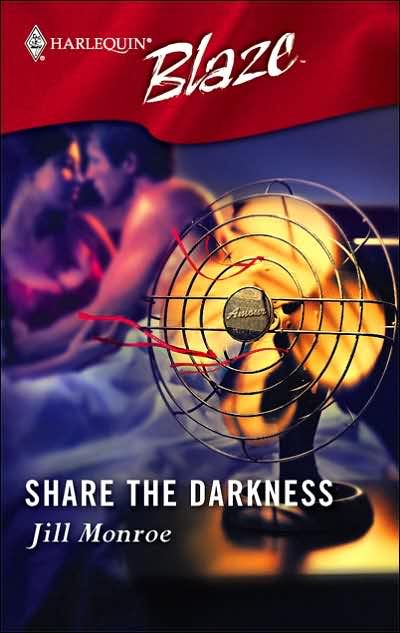

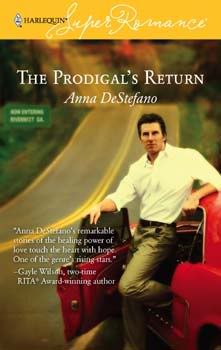


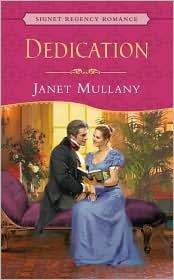
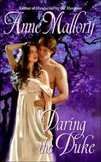
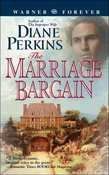
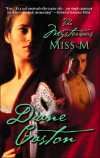

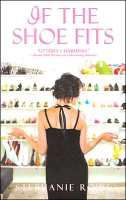

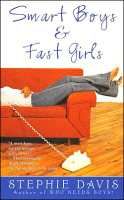


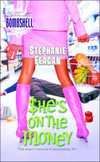
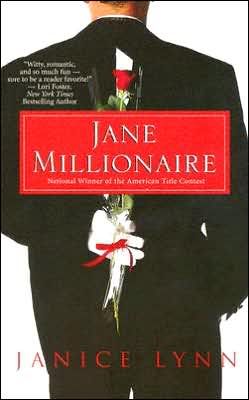


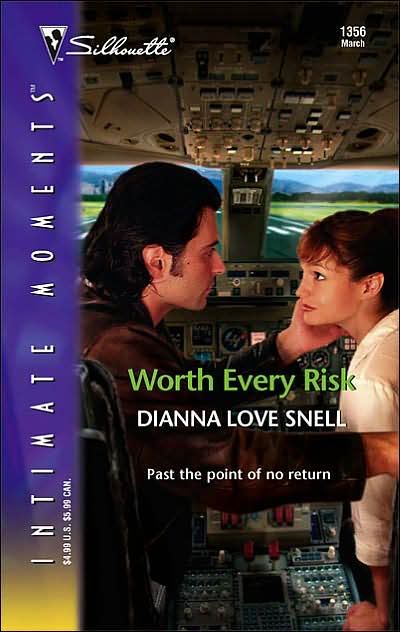
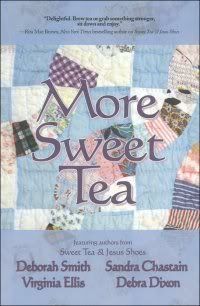
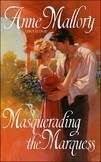
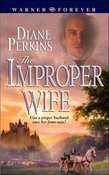
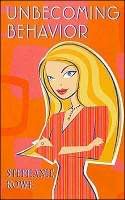
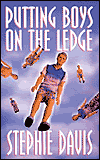

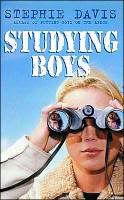
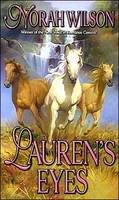

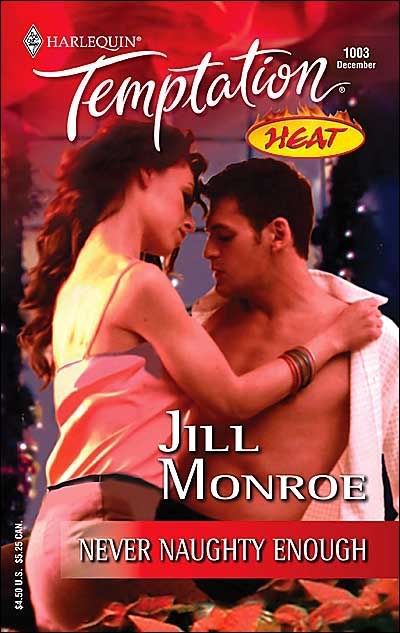





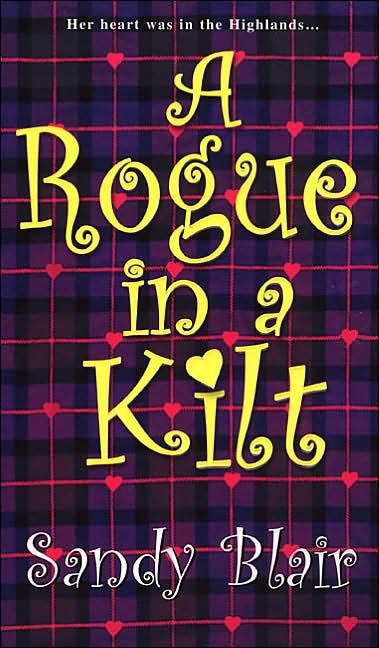

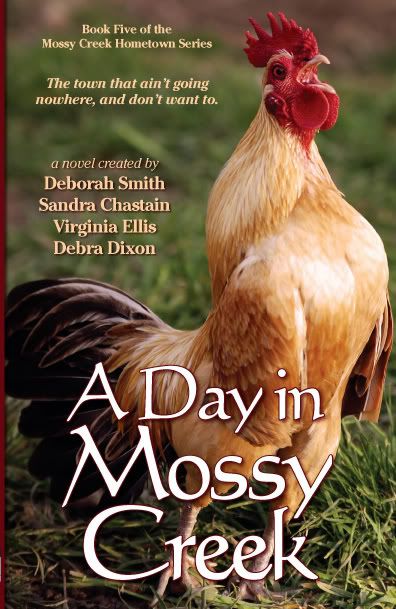

16 Comments:
I am working through the page count speed bump today. My critique partner emailed me regarding my entry and said the scenes read great, but the transitions are choppy. Argh. I am trying to get the crux of the story squeezed into a finite amount of space and now I am asked to add more? Any rate, rather that fuss over it, I am finishing the the pages I am working on, reprinting it and reading it for myself one more time, and then I will address the transition dilemma.
My reward?
I always have a little wine at the end of the day. At the end of the week, I will be able to focus on my company and plan the meals. I love to cook so it is a great thing for me to look foward to doing.
Back to the trenches I go.
Christine, I think you are very wise to just push through and fix later! You don't want to get stopped by trying to figure out what will make smooth transitions. Those fixes are so much easier at the revising stage!
Dianna, These are such helpful hints! I am one of those linear writers, so I probably can't write a future scene, but going backwards works for me. So does the so-simple hint of saving the non-working scene in a separate file and trying something different. I rarely go back to that scene but it gives me more security to save it rather than simply delete it or revise it.
Christine -
Page count is the bane of writers most days. You have the right idea to finish the story first then worry about the transitions (if it's something you have to go back to work on) then worry about the page count.
It's so hard to keep a flow on your story when you have to stop to tinker. And I bet you'll find once you finish it, put it away for a little break and then go back that you'll see areas to tighten and what the transitions need.
Great break at the end of the day and week. I like something at the end of each day that feels like a pat on the head a glass of wine is usually it for me, too. :)
Thanks for sharing your speed bump.
Diane, Having read your books like SCANDALIZING THE TON, the story flows so well it seems as though you always know what is coming next.
It's funny about the "saving the original scene or pages." While Mary Buckham and I were teaching Break Into Fiction classes, I figured out why on occasion a student would have a hard time fixing their story even when they realized what was not working. They didn't want to tamper with words they were very attached to - easy for any of us to understand.
Once I sat back an analyzed it, I realized that even though we "know" logically that we can save the file we sometimes need to be reminded of that. So I always suggest to students at the start of a class to put their original story file somewhere safe and open a new file they can treat like a playground where their muse can run free.
I pften hear that simple step is very liberating for them. I'm thankful for how much writers are always willing to share with each other, particularly among our Noodlers.
Speaking of - thanks for the help getting my blog in shape for today, too!
Hi, Dianna and All,
Sometimes I just have to put the writing aside and go for a walk. I find it clears my head and then I work much better.
Jacqueline Seewald
THE INFERNO COLLECTION, Five Star/Gale hardcover, Wheeler large print
THE DROWNING POOL Five Star, coming in Feb. 2008
Dianna,
I have to second your suggestions of changing POV, if you're writing in 3rd person, and to save your cuts in another file. I'm one of those writers who has a hard time parting with a scene I've sweated over. Putting it in a separate file makes me feel like I'll recycle it some day, even if I never do!
Christine,
I'll echo Dianna and Diane. Keep going, then revise those transitions.
Yes, taking a walk is a good way to jog new thoughts, Jacqueline.
Hi Mo -
When I had to cut pages on an upcoming novella, you were the one who suggested cutting a character and pointed out that it would up the conflict. Brilliant suggestion that worked very well and is why I included the point about adding or deleting characters to get past a speed bump. It definitely changes the dynamics of a scene.
I love your Southern humor short story in the latest Mossy Creek Series.
Great way to frame the problem, Dianna! I like the visual, visceral feeling of hitting the speed bump. A real jar that slows you down, but not as much as a brick wall.
My most common speed bumps are love scenes and transitions. That's where I use lots of my XXXXX's in the first draft. I think this is because these are the places I've given least thought in my pre-plotting. Love scenes fool me because I've imagined them, but have thought of them more as visuals than as words. And transitions I've just skipped over entirely.
I meant to add, this is really helpful right now because I seem to have stopped and parked right on top of a speed bump today.
Hi Delle -
I can see where your approach worked wonderfully in writing SINS OF THE HEART. (great title, too!)
I do the same thing in my first draft and generally leave a love scene for when I'm not churning so hard on the plot, suspense and secondary plots and so many other things we focus on during the first run through.
I feel like I expend so much energy building the tension to the love scene that I'm drained by the time I reach it. So to keep that scene fresh and different I like to write it when I've been away from those pages for a while. That way I get to enjoy the build up almost like the reader does for the first time and can leisurely spend an entire day, or two, writing that one scene with a better understanding of the characters.
LOL about parking right on top of a speed bump, but thanks for parking here today.
Thanks, Diana! I'm so glad you liked it! I think love scenes are much more subtly complex than we give them credit for being. The emotion appears on the surface to be passion, but there's often much more that has gone unsaid. I find I really have to go back and look long and hard at what's going on in the hero and heroine's minds. And when I understand what's fueling the passion on all levels, I can really move through the scene.
Dianna ~~
Great topic and great approach to it! Writing is a craft, a creative endeavor and a career all rolled together and all of which can cause speedbumps that have nothing to do with one another. Sometimes I think the turtle has the right idea by going slow but steady, easing up the pressure [a bit]. I find it helpful to dip into something that excites me, that creates passion -- stepping away from the page long enough to refuel before dipping back in.
Thanks again for some great thoughts and I love the graphics too!
~~ Mary B :-)
Hi Mary (Buckham, my Break Into Fiction partner :->)
Good suggestion about dipping into something that excites you to get back on track.
Thanks for stopping in. Glad you liked my graphics... I was feeling a bit creative.
Hi Dianna,
Great advice. I loved the picture of the little boy at the top. How cute! I have lots of speed bumps, so I'm going to try all your suggestions.
Merrillee
Hi Merrillee -
Glad you liked the pictures. We had some good suggestions all around today.
Looking forward to your January book MOMMY'S HOMETOWN HERO.
Post a Comment
<< Home
Subscribe to Post Comments [Atom]